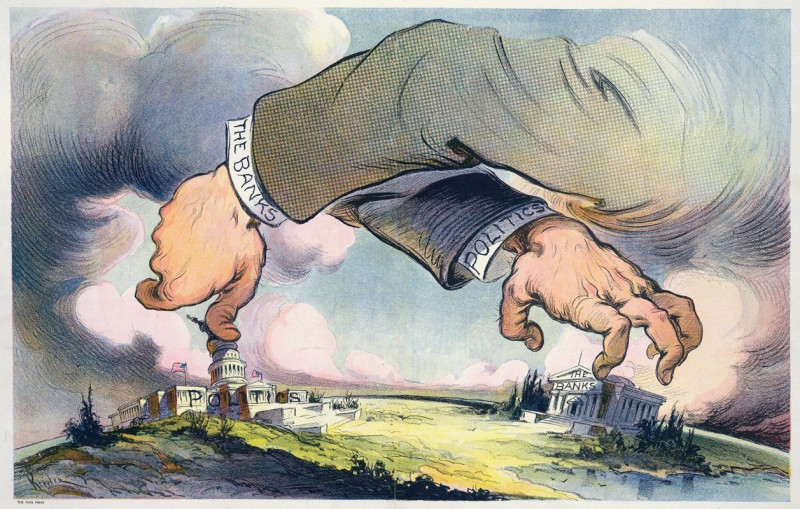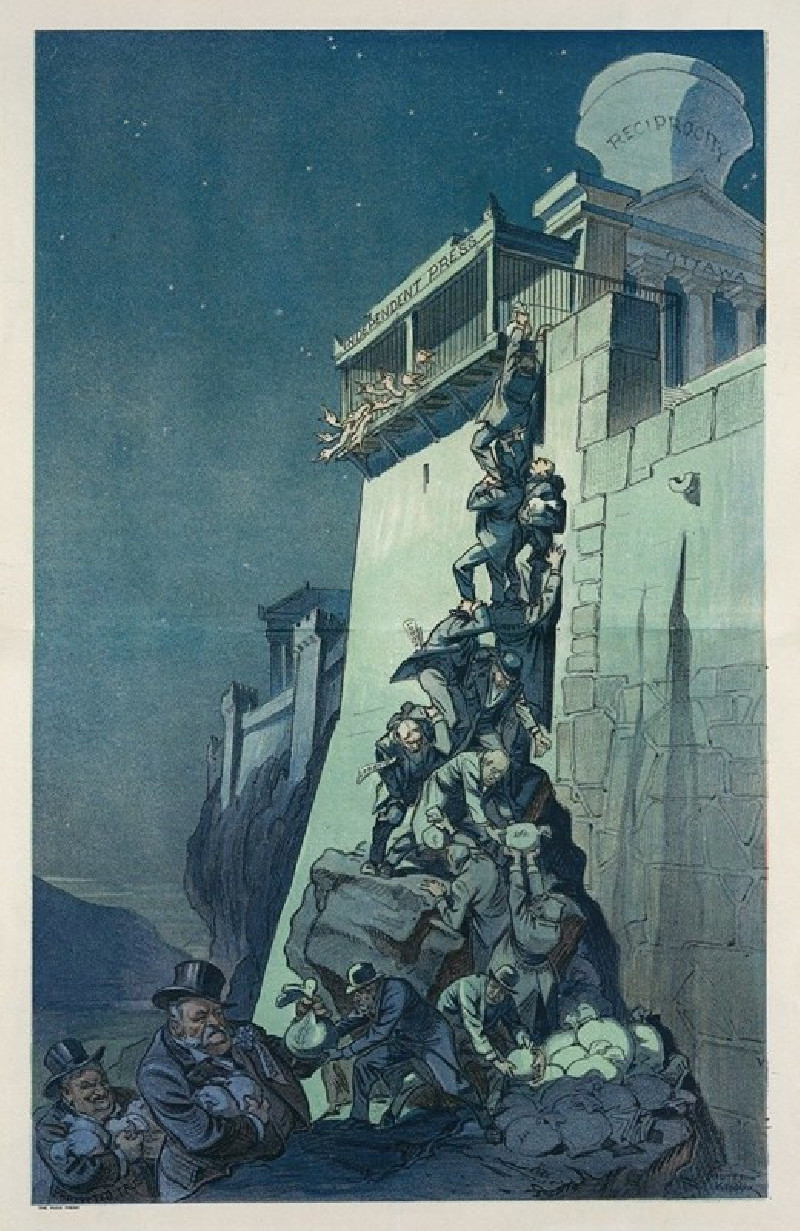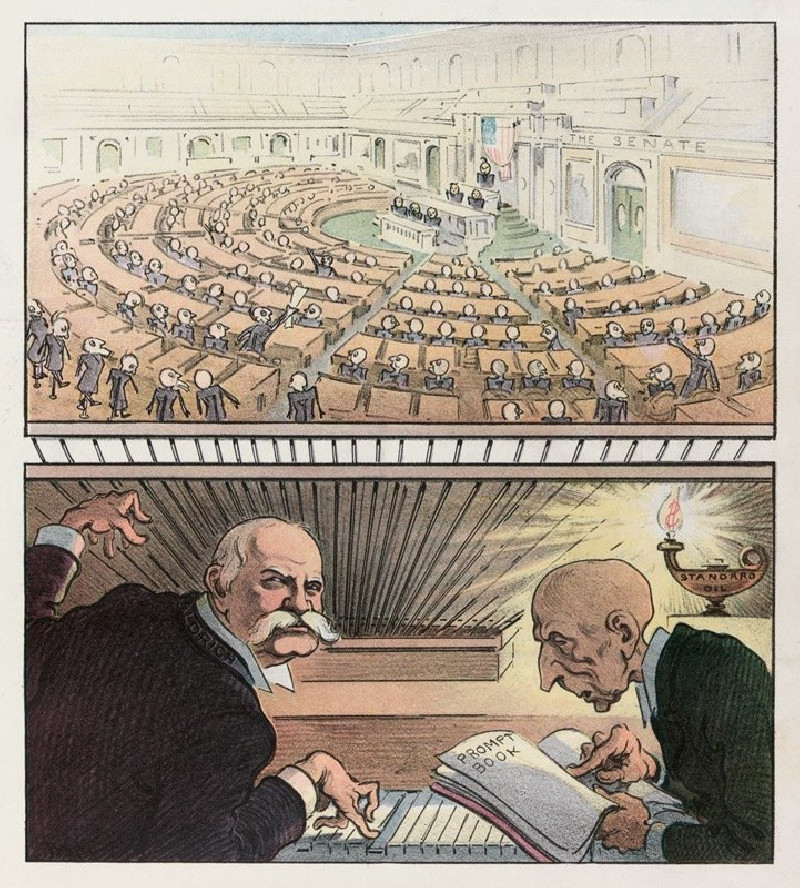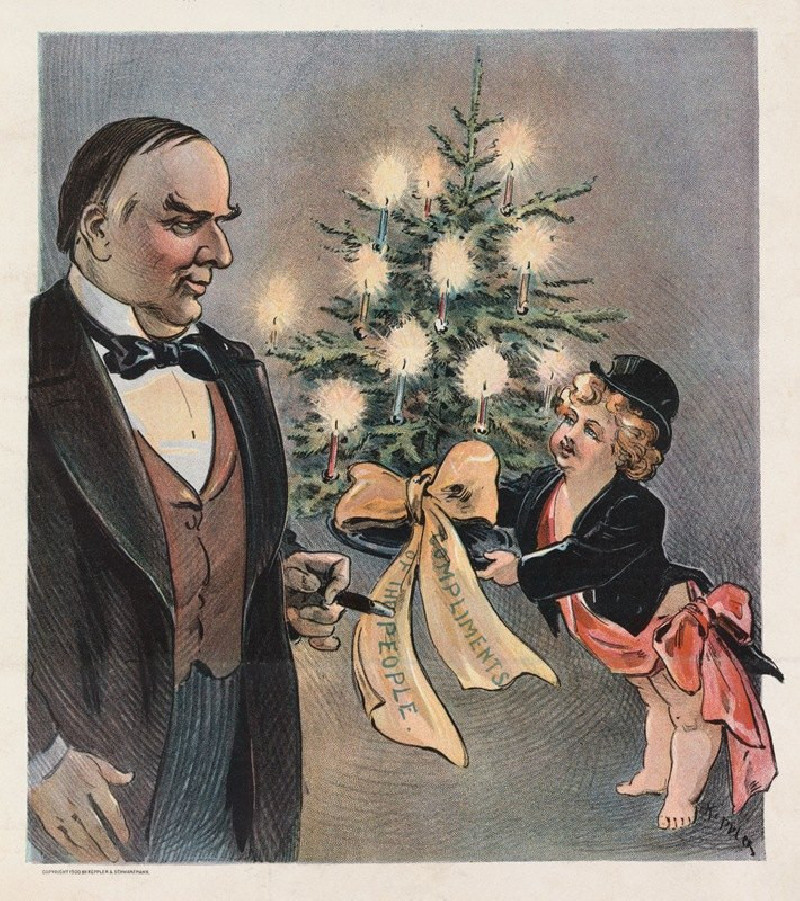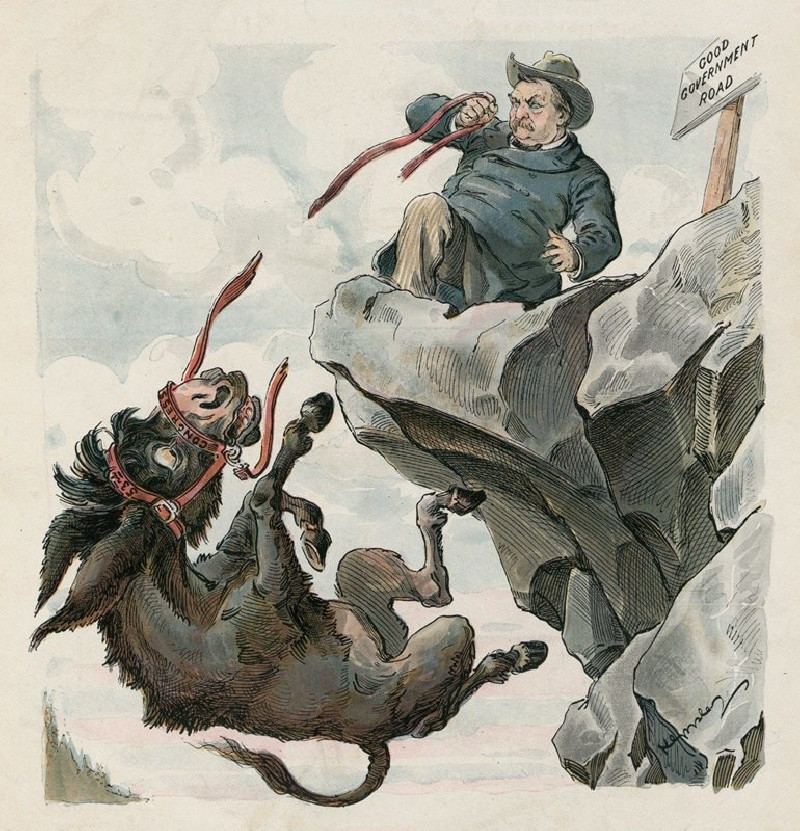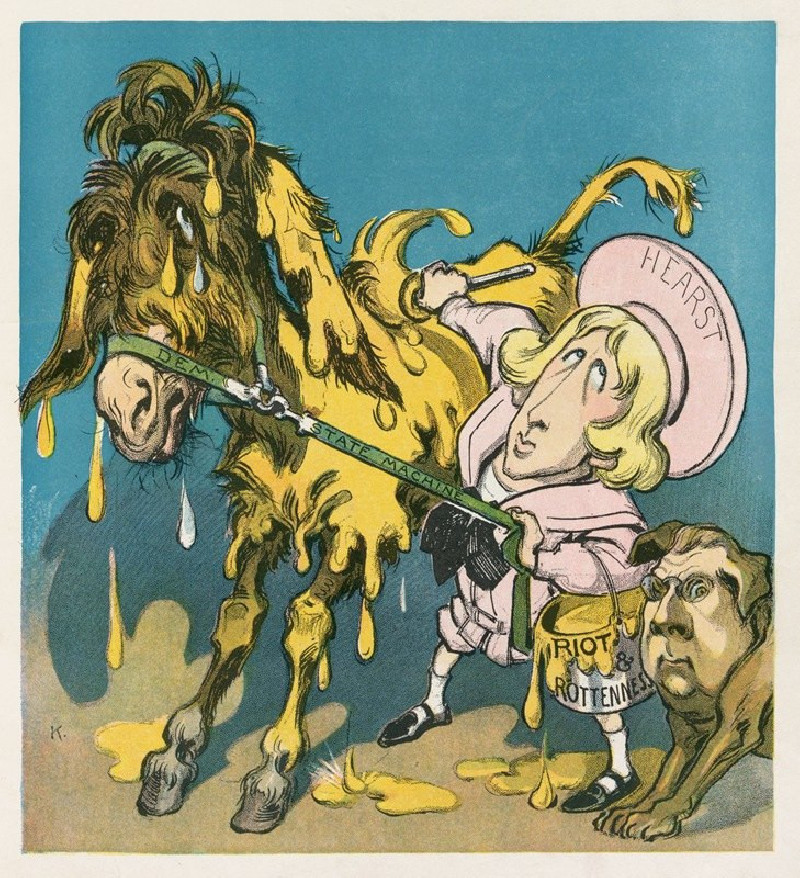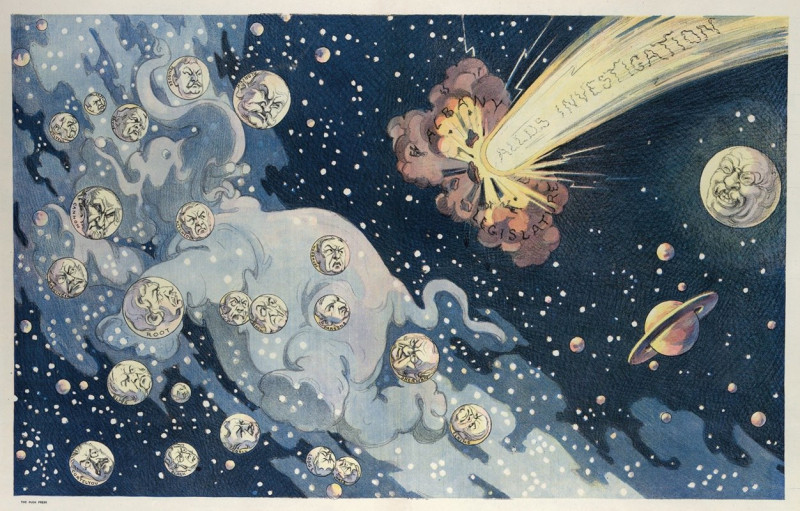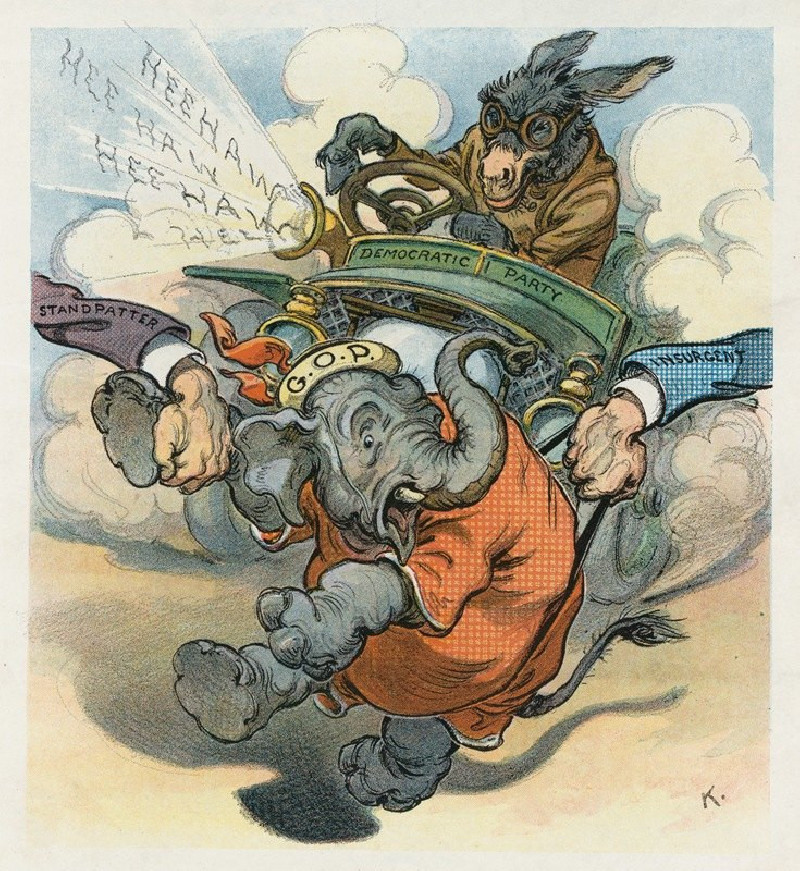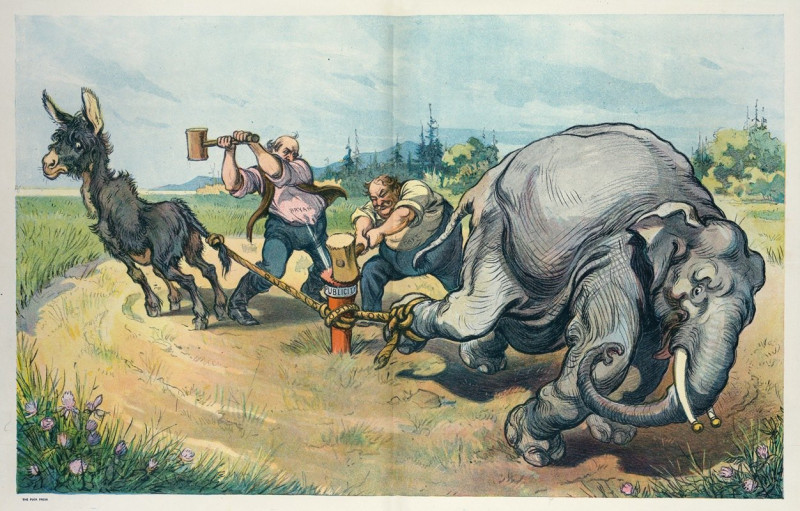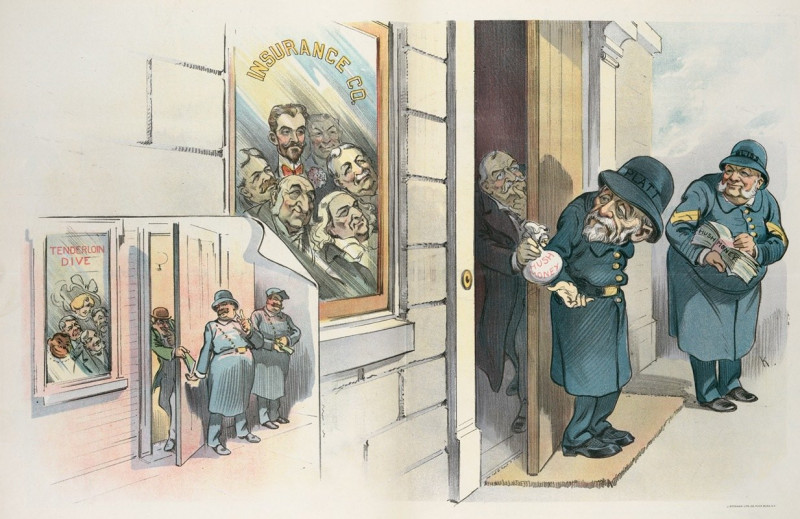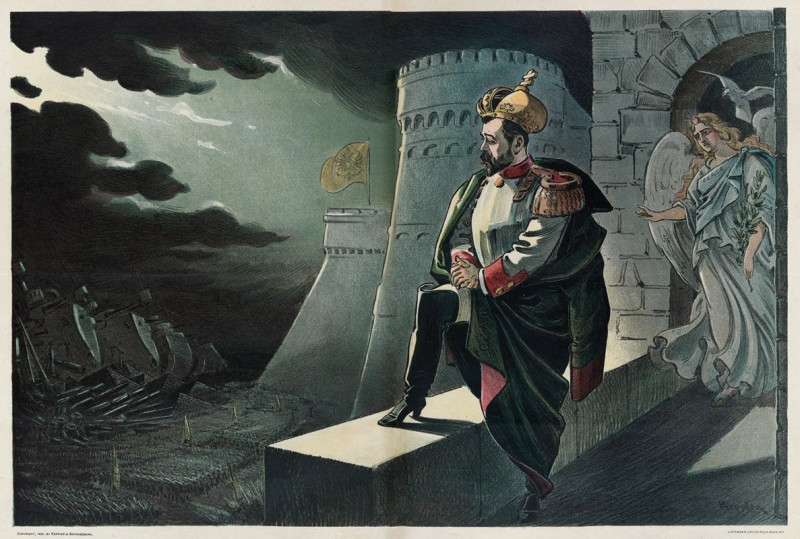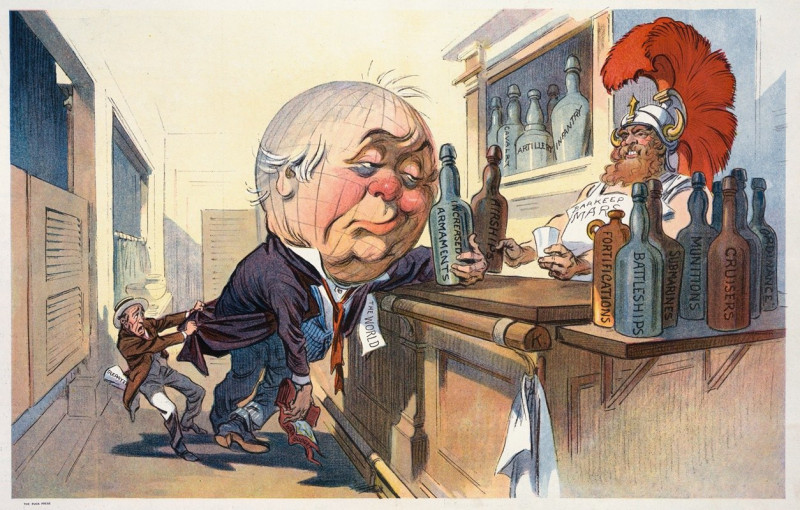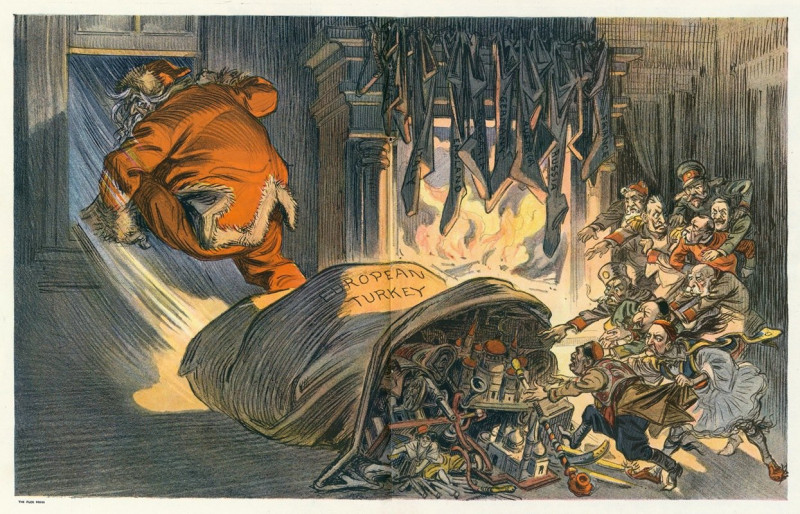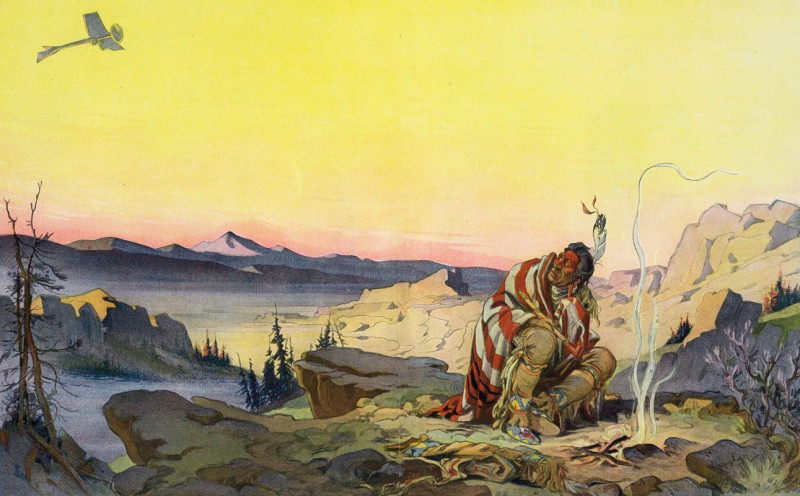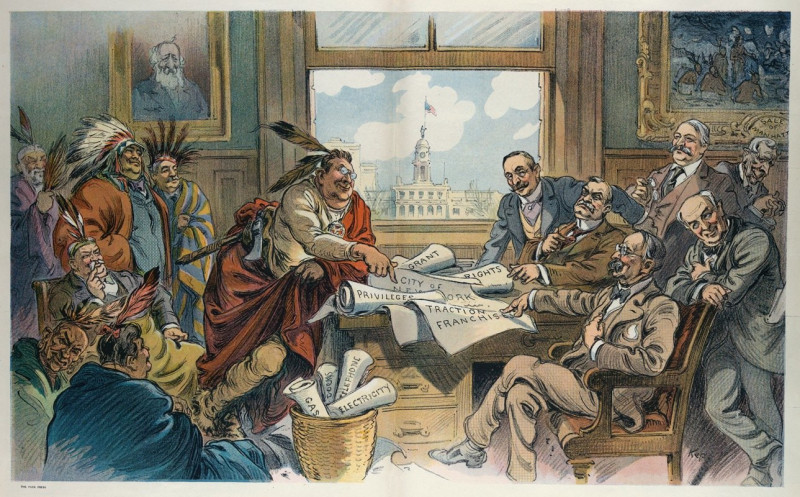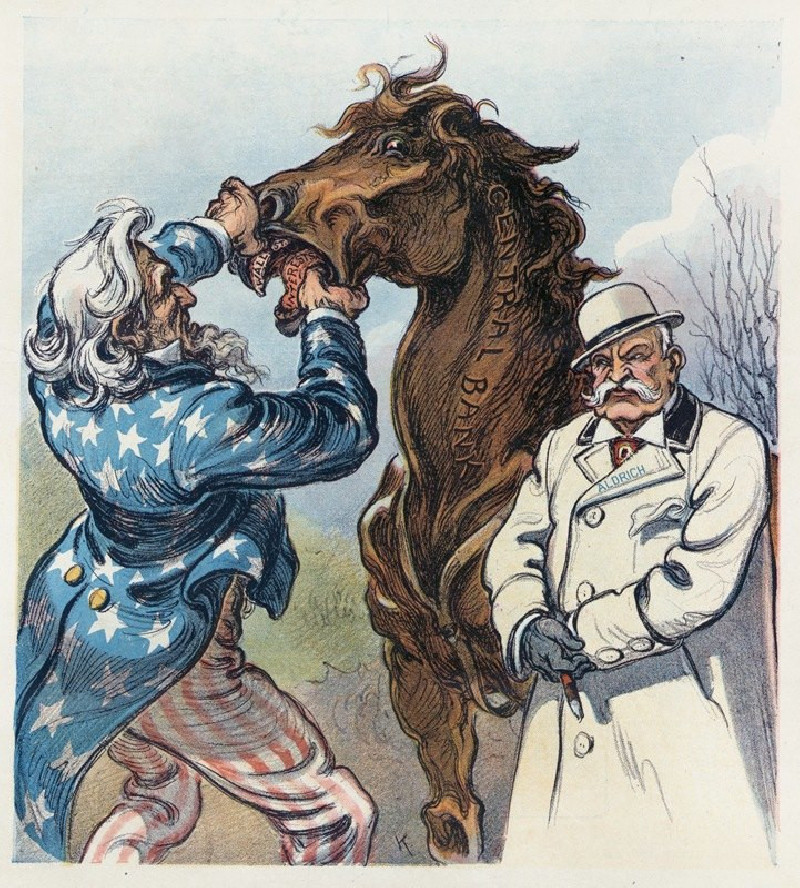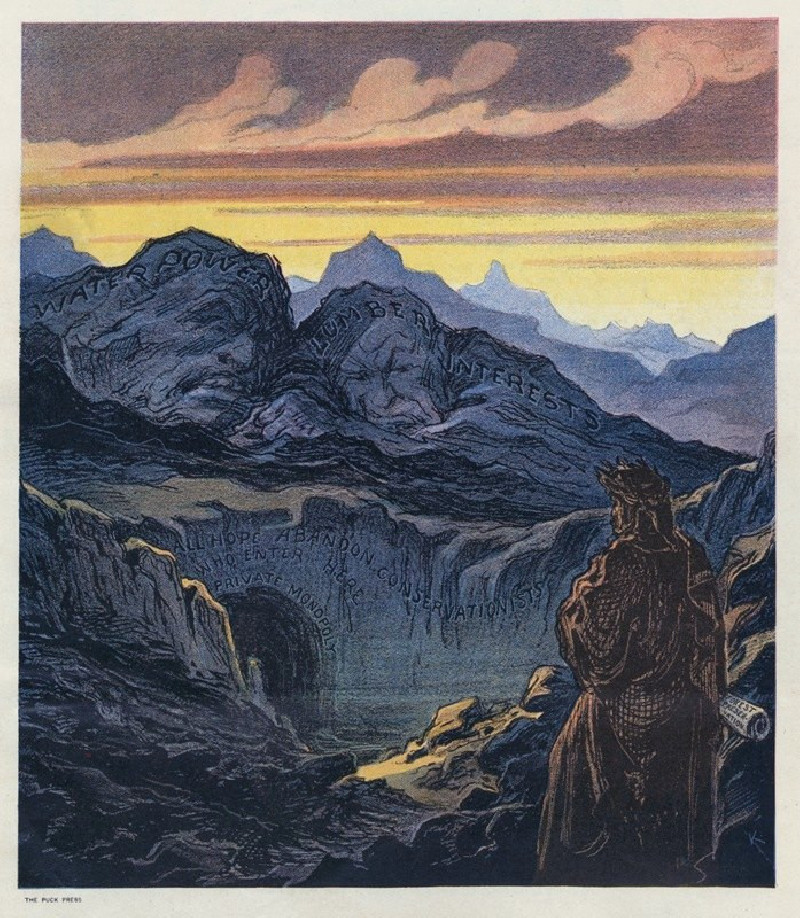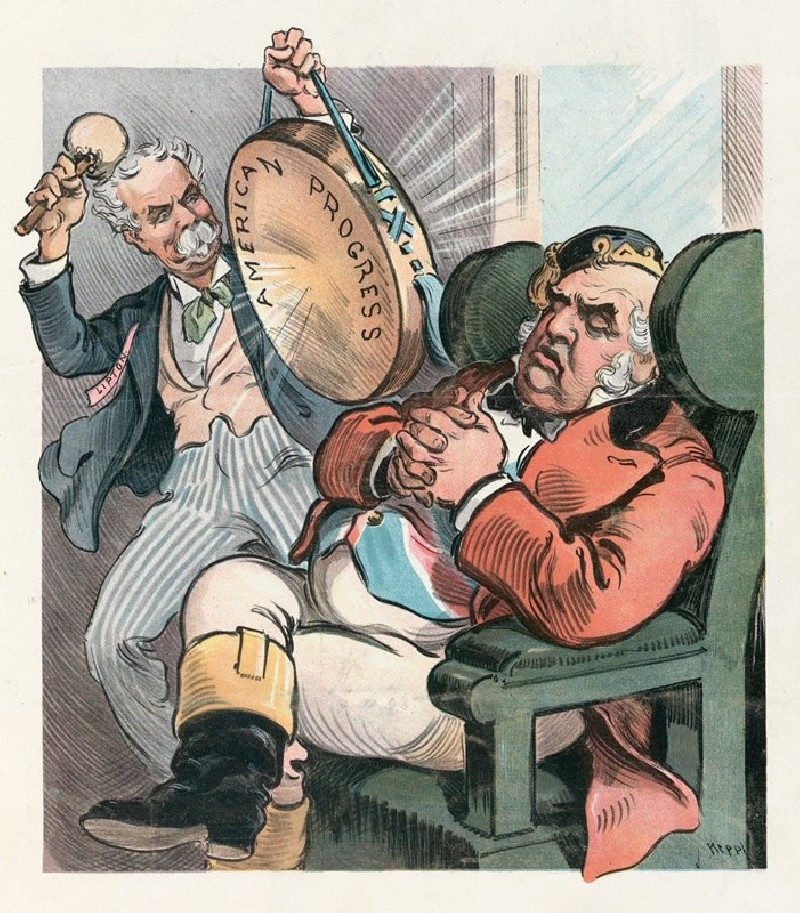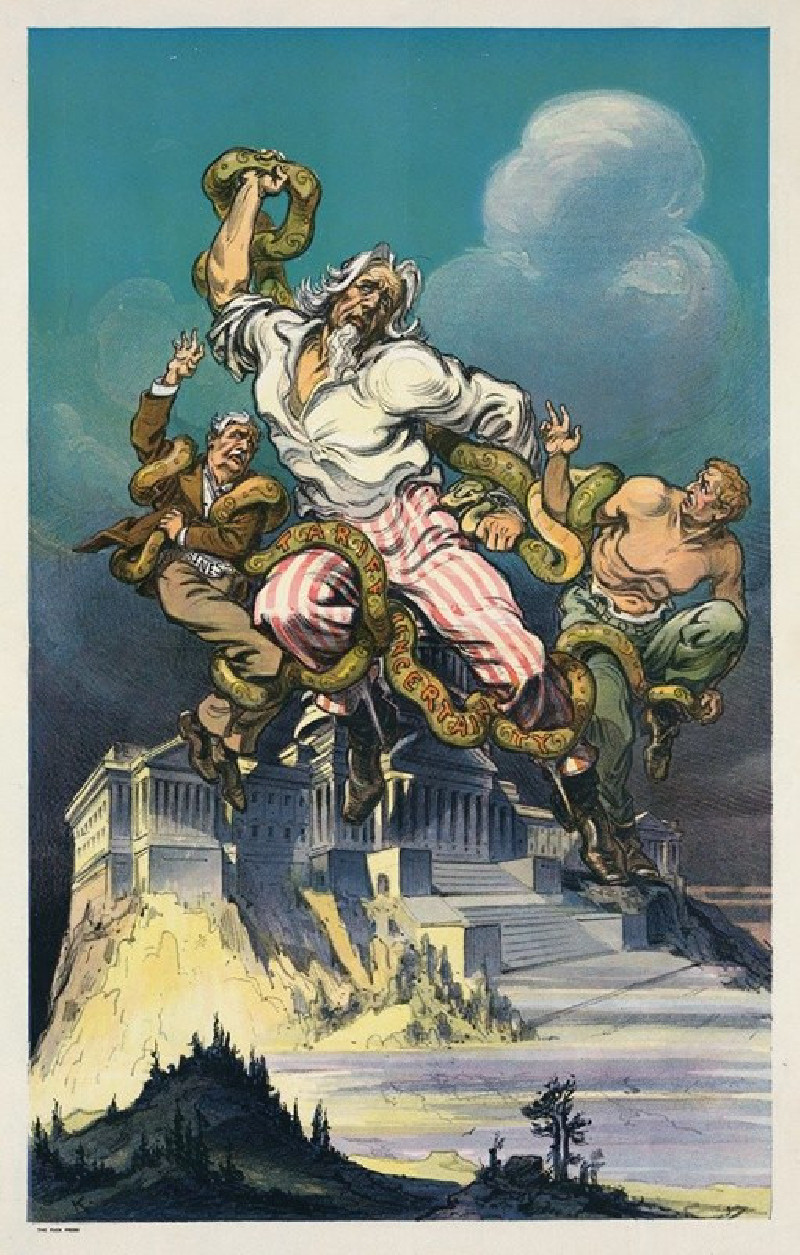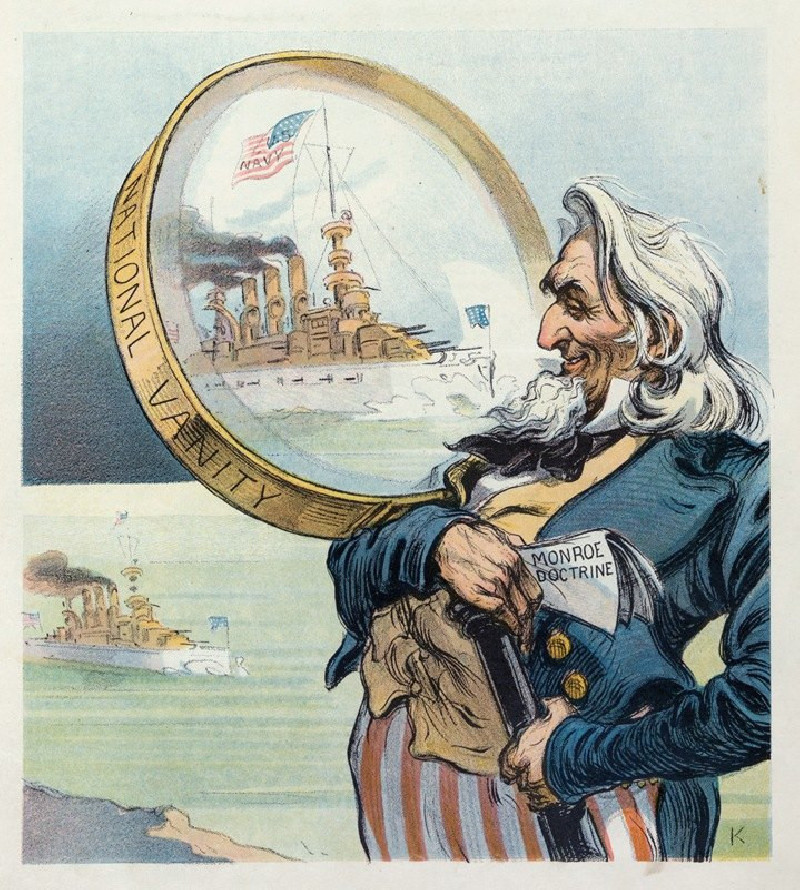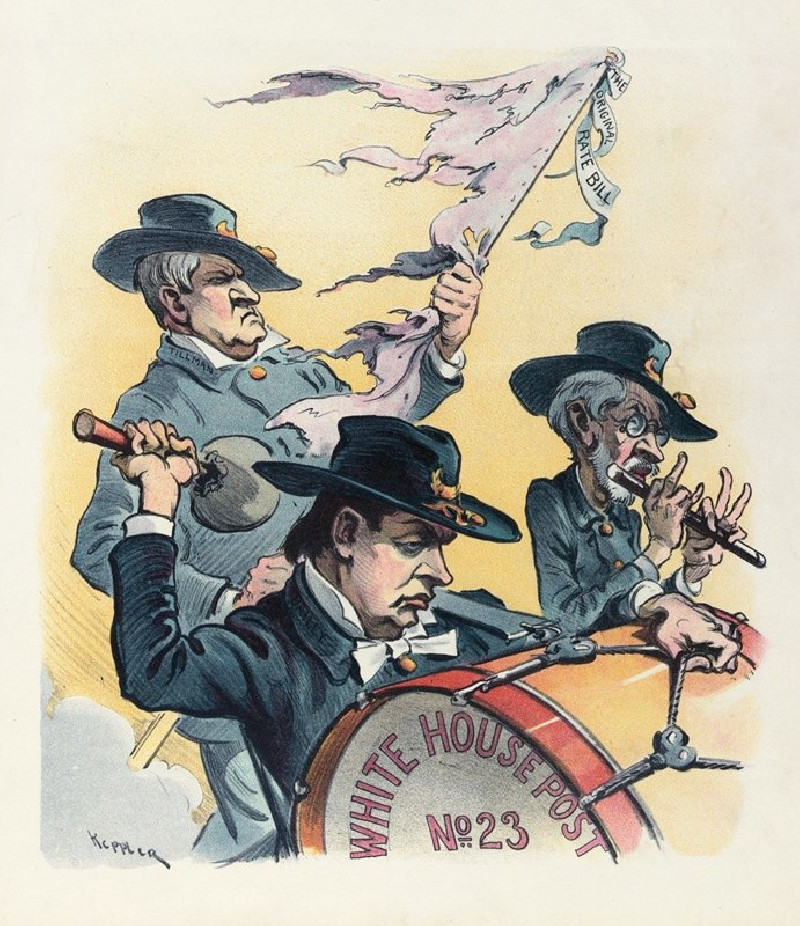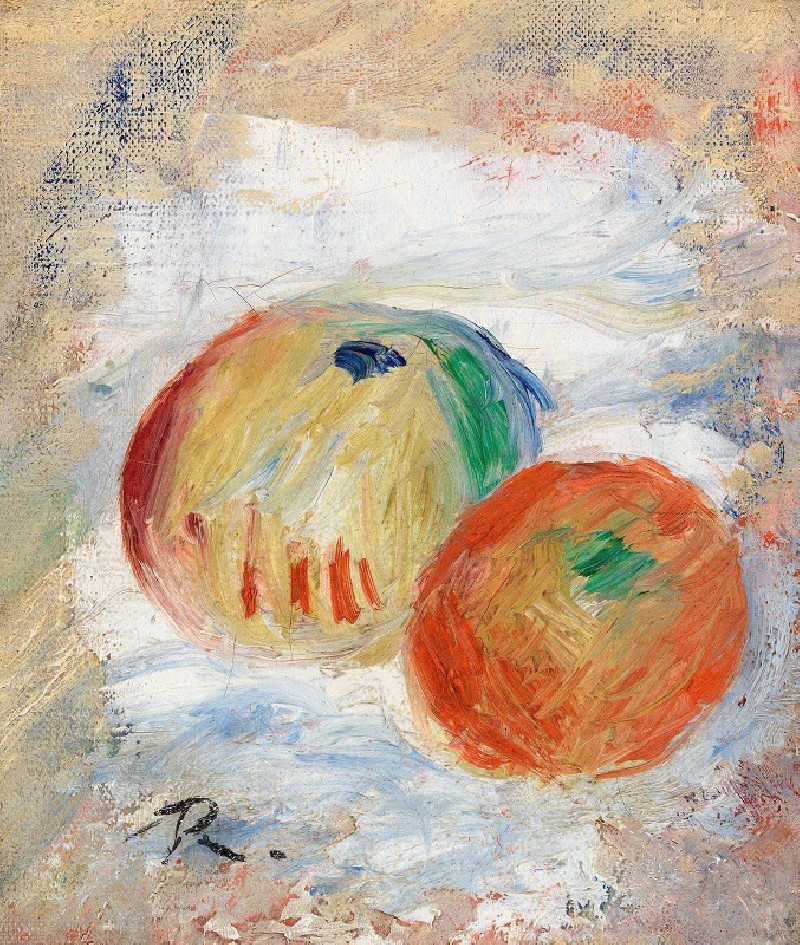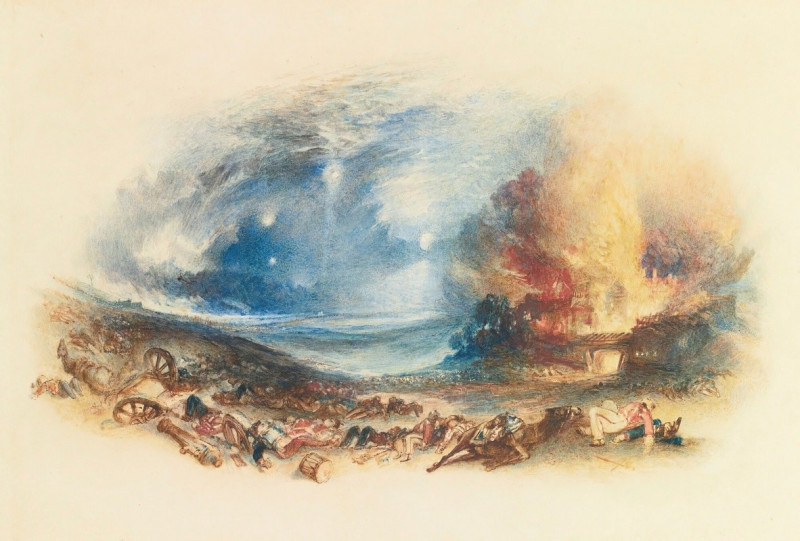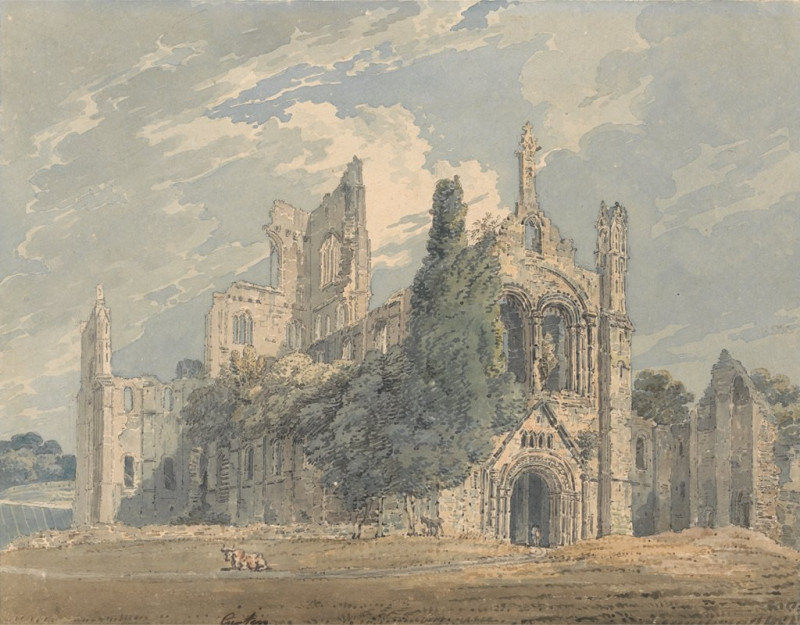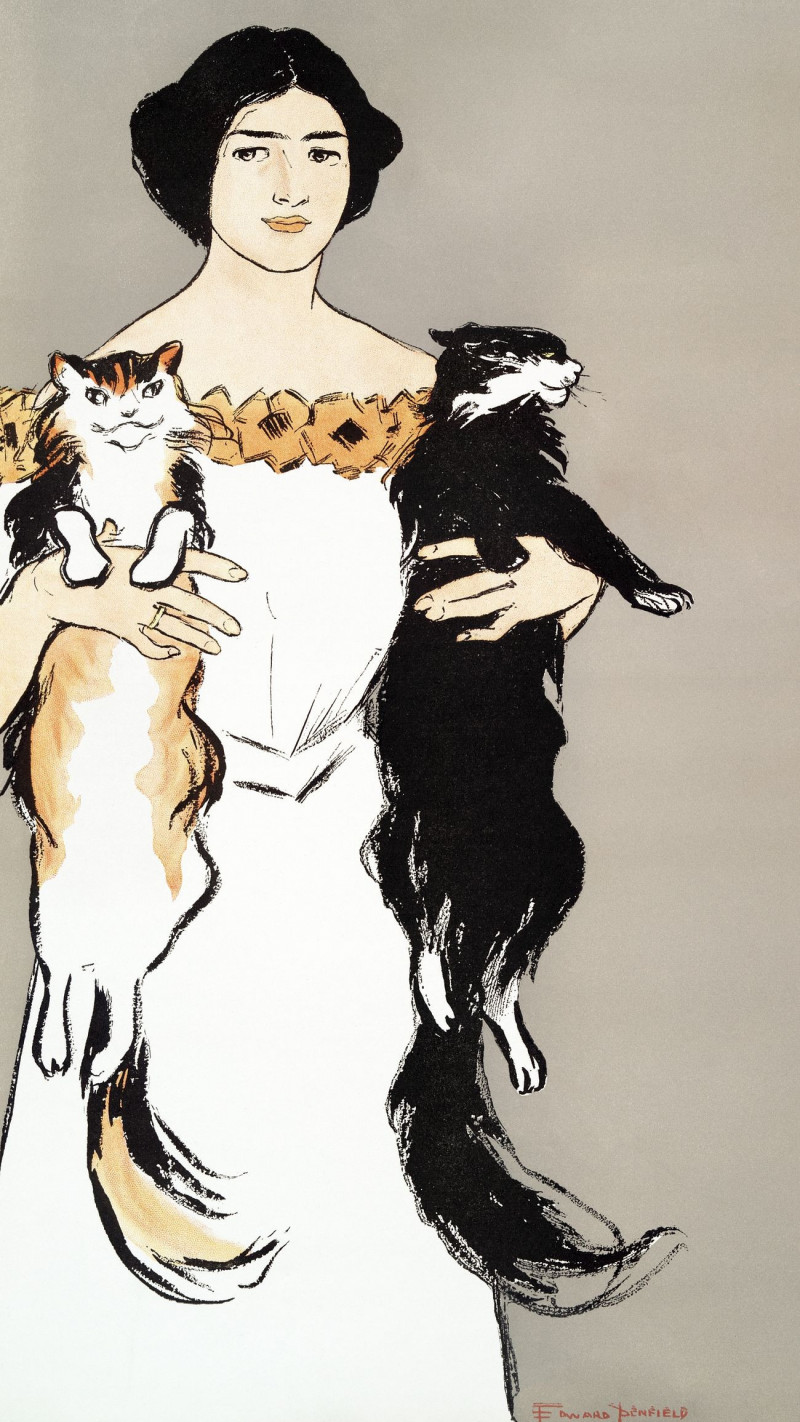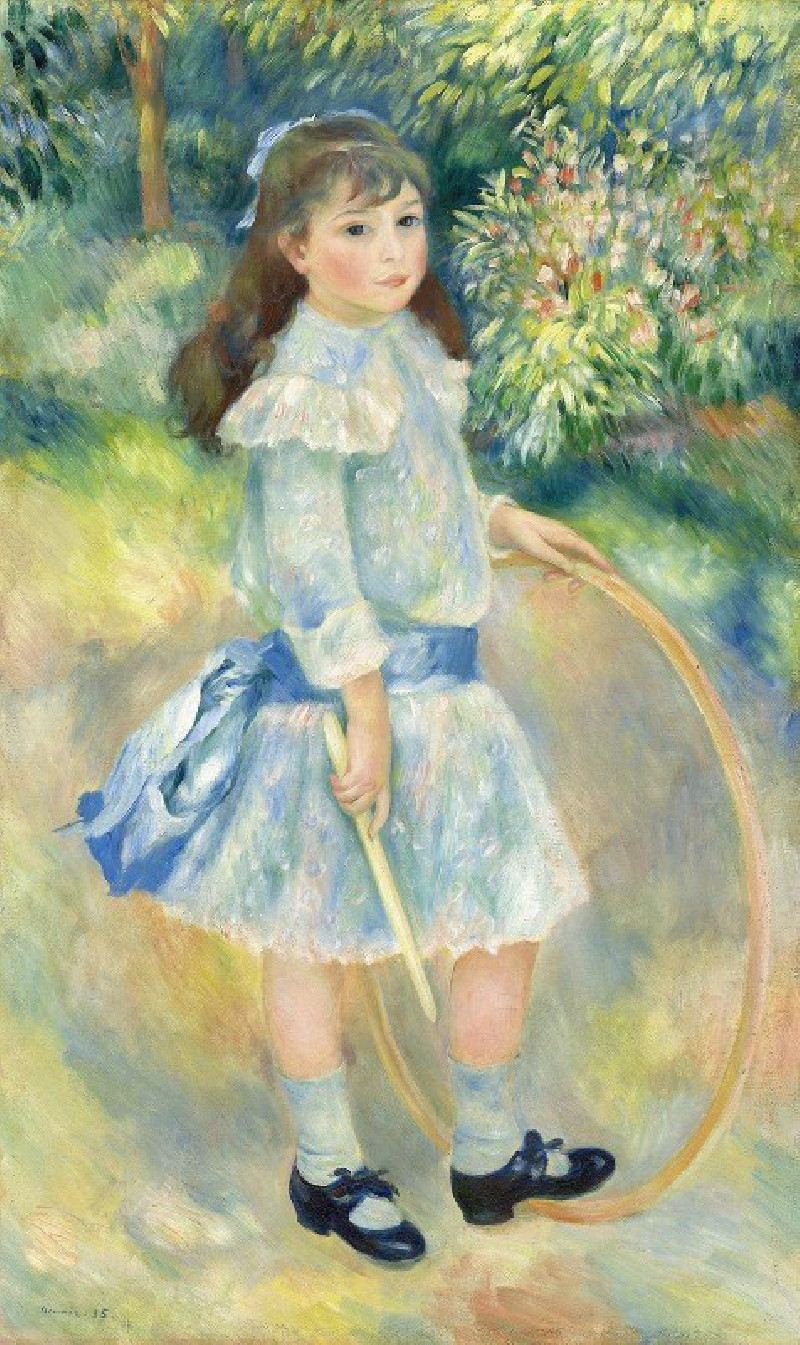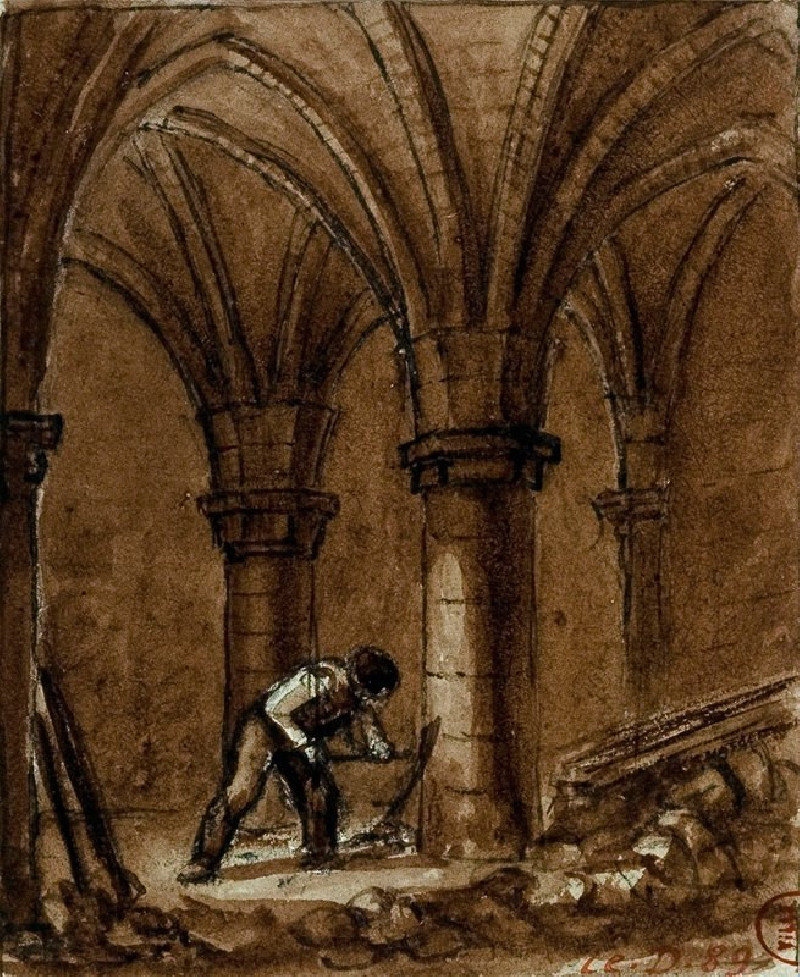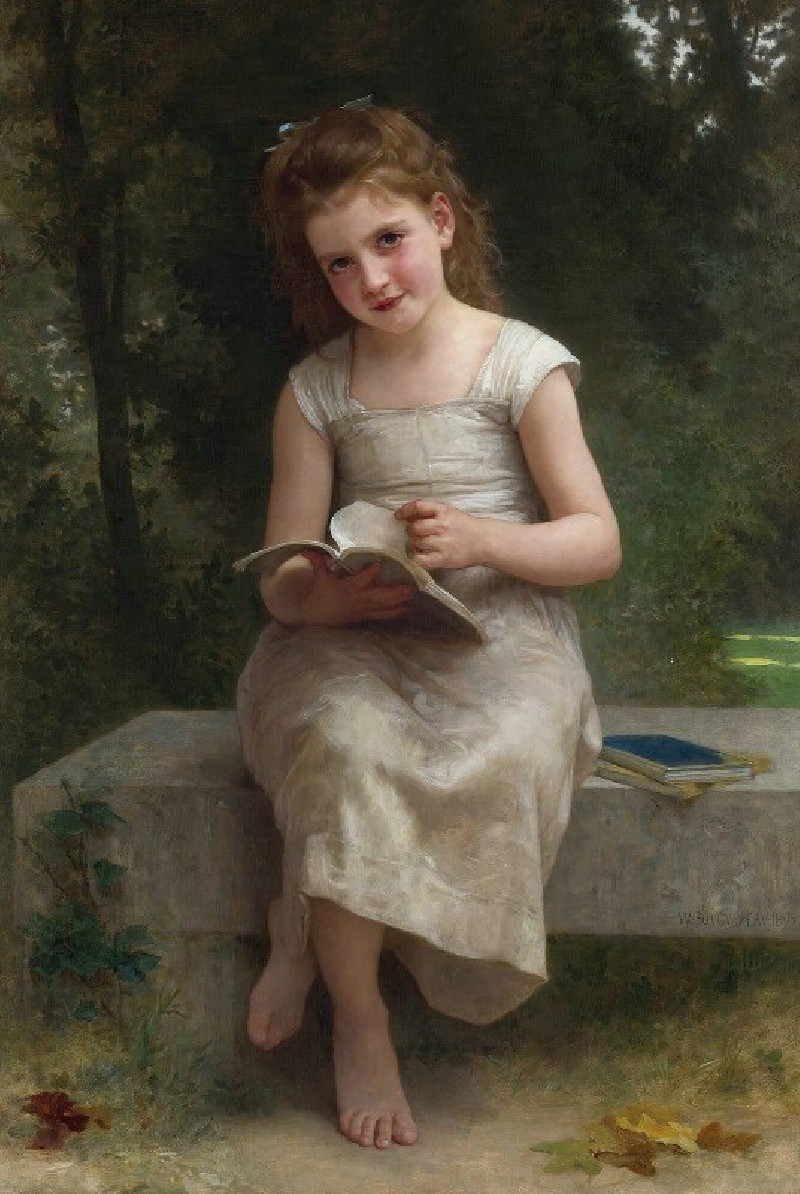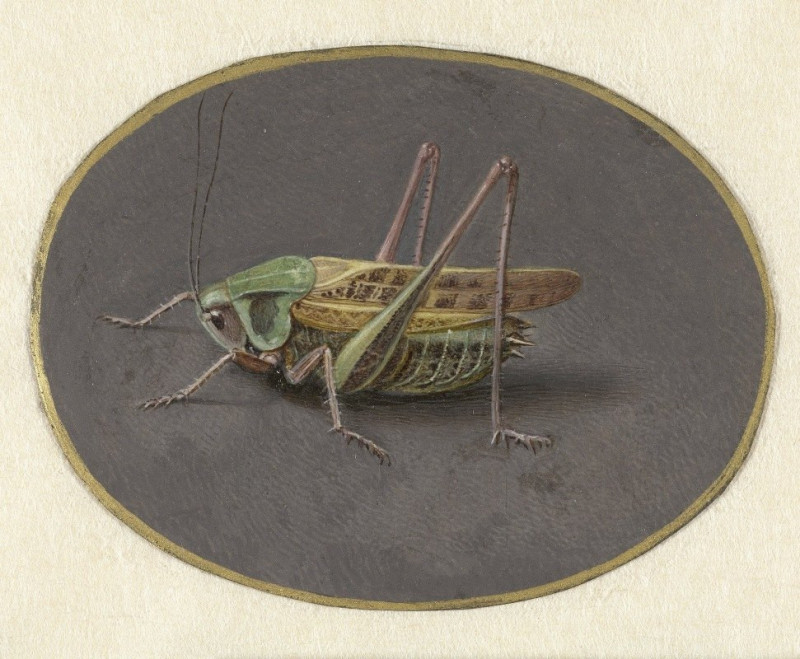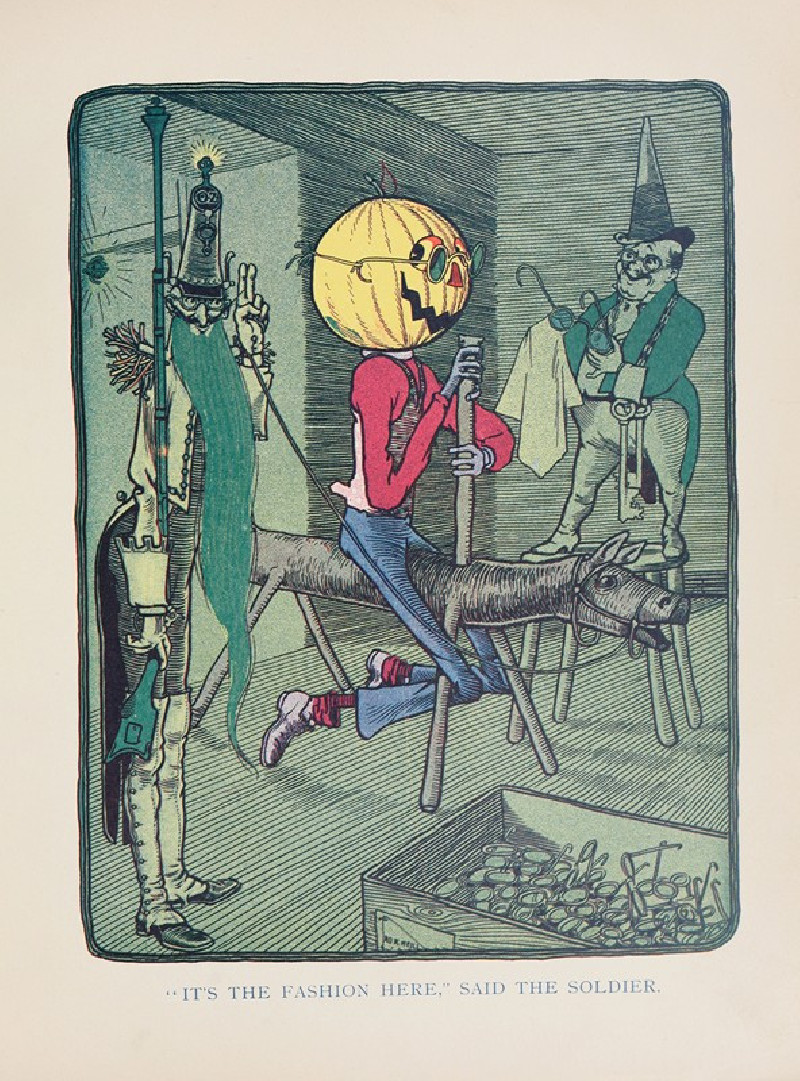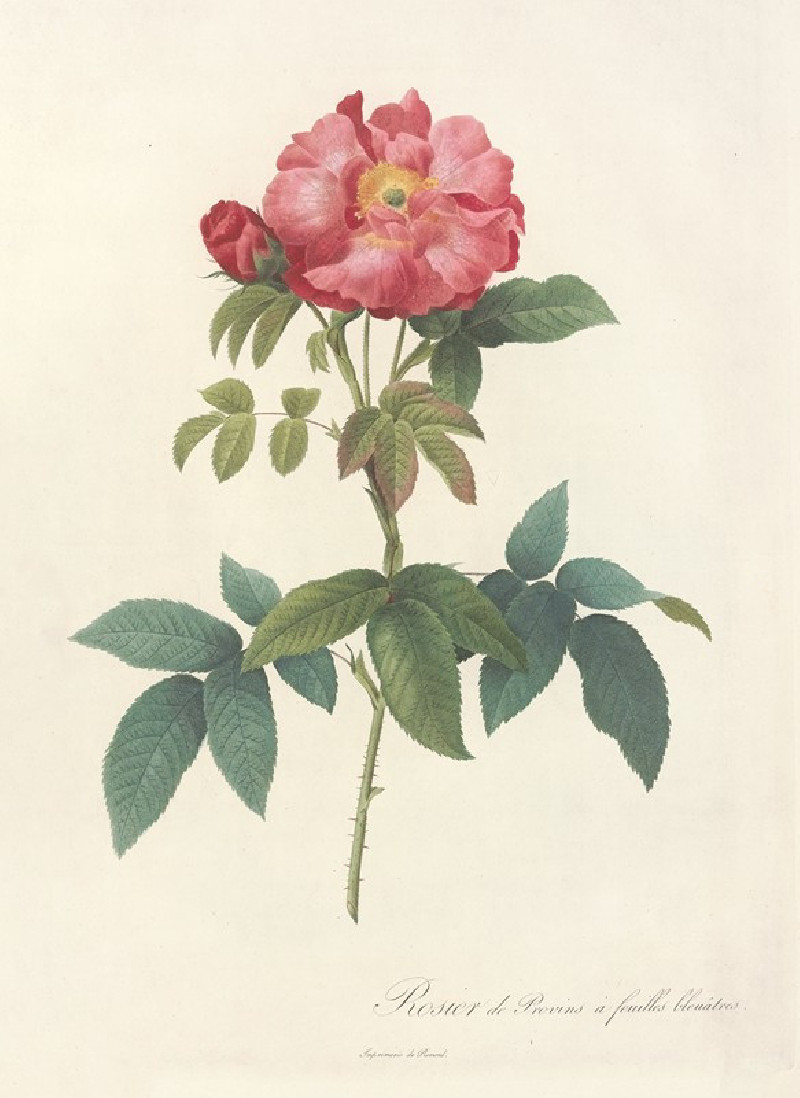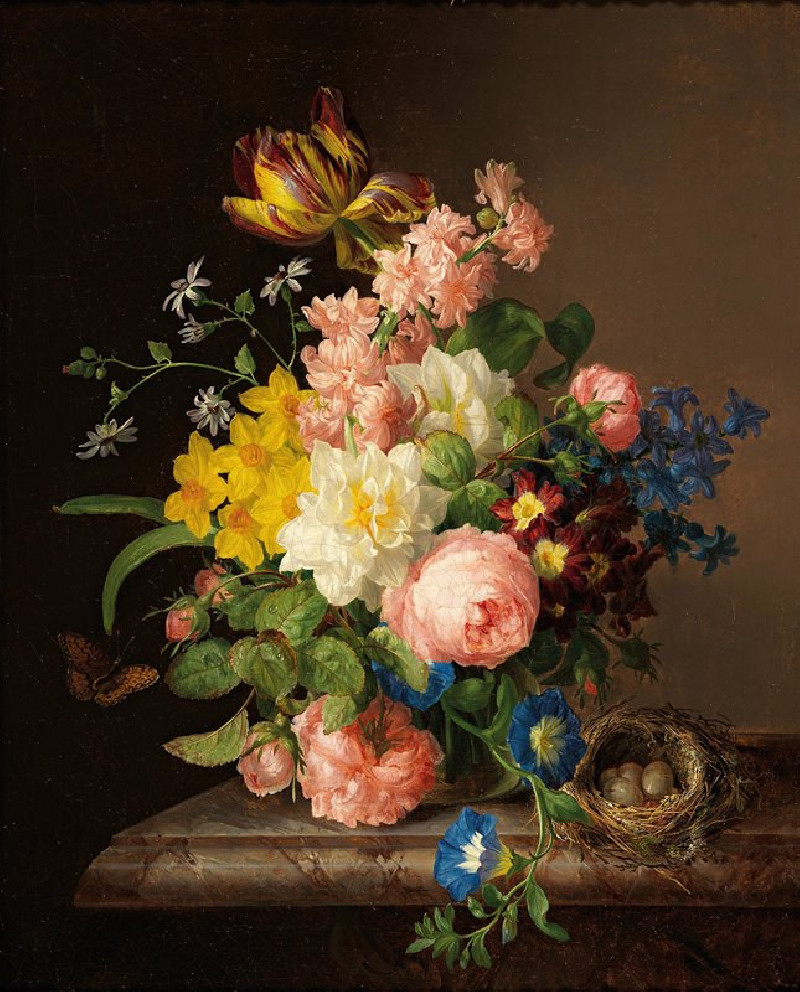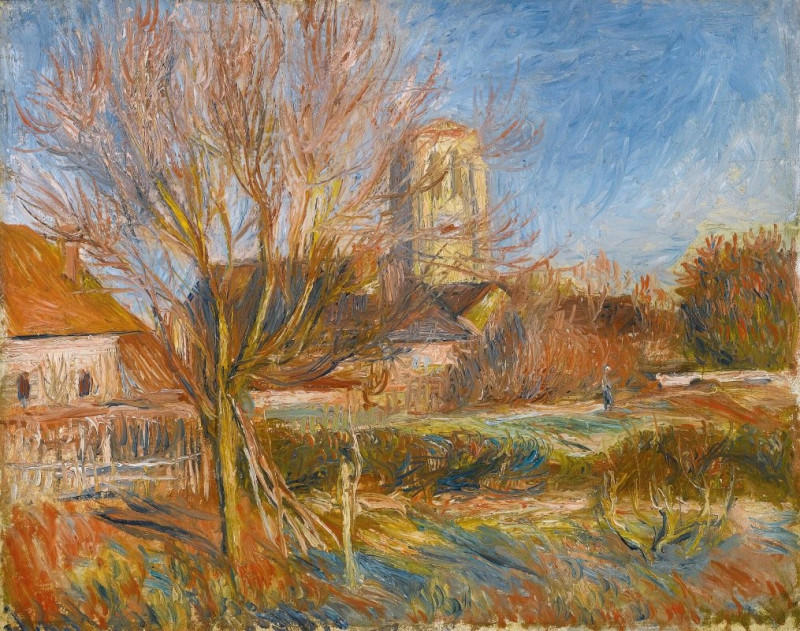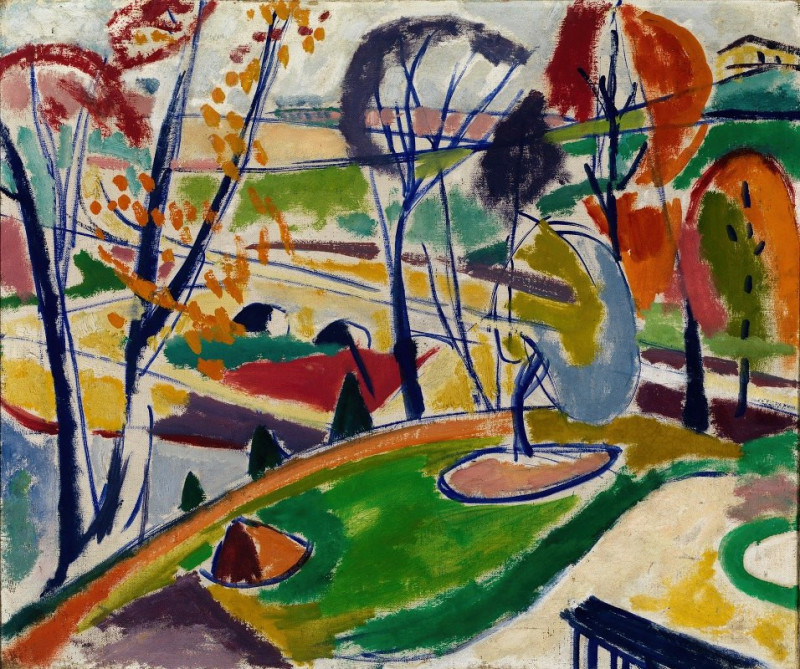Hands across the land (1913)
Technique: Giclée quality print
Recommended by our customers
More about this artwork
Udo Keppler's 1913 painting "Hands across the Land" is a striking portrayal of the intertwined relationship between politics and banking in the United States. In this powerful illustration, two enormous hands, representing "The Banks" and "Politics," are shown gripping each other and spanning across a rural American landscape. The left hand, labelled "The Banks," emerges from clouds obscuring a classical style building identified as a bank, while the right hand, marked "Politics," reaches out from the mist-enveloped U.S. Capitol.This visual metaphor suggests a strong, possibly overpowering, connection between financial institutions and political power, emphasizing their colossal influence over the nation. The serene landscape beneath these dominating forces contrasts sharply with the ominous presence they project, hinting at the underlying impact of their alliance on everyday American life.
Delivery
Returns
Udo J. Keppler, since 1894. known as Joseph Keppler, Jr., was an American political cartoonist, publisher, and Native American advocate. The son of cartoonist Joseph Keppler (1838–1894), who founded Puck magazine, the younger Keppler also contributed to cartoons, and after his father's death became co-owner of the magazine under the name Joseph Keppler. He was also a collector of Native American artifacts.

